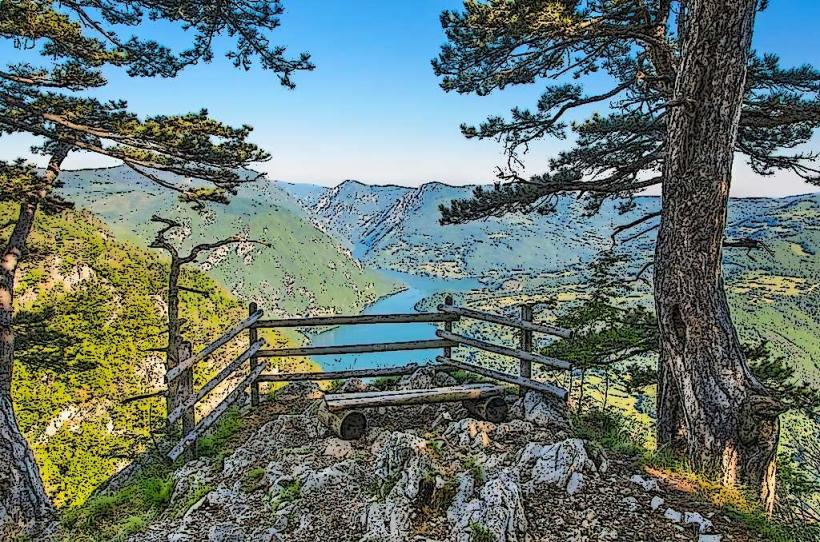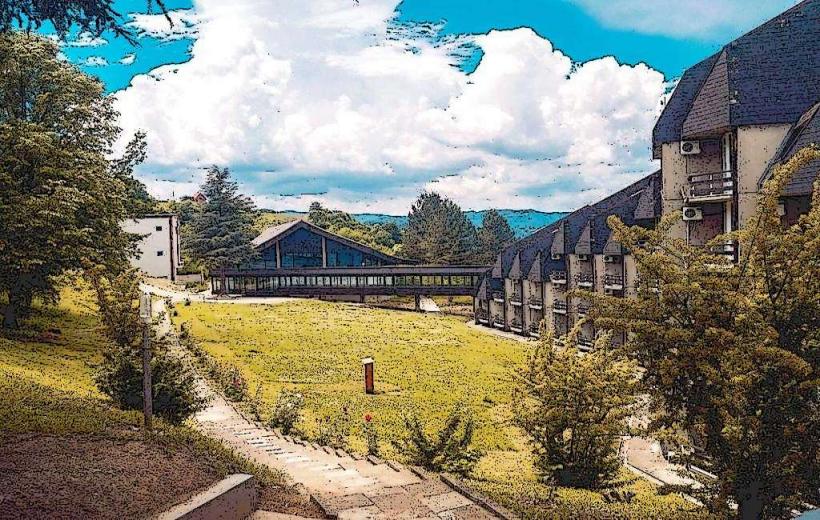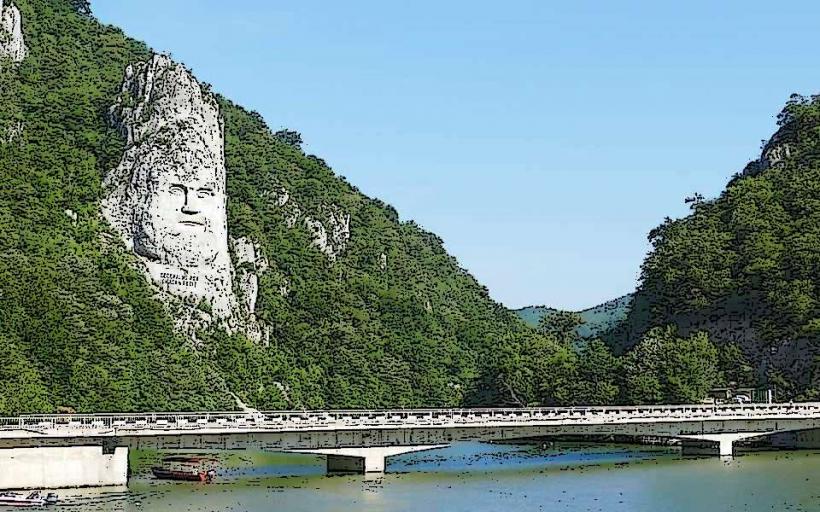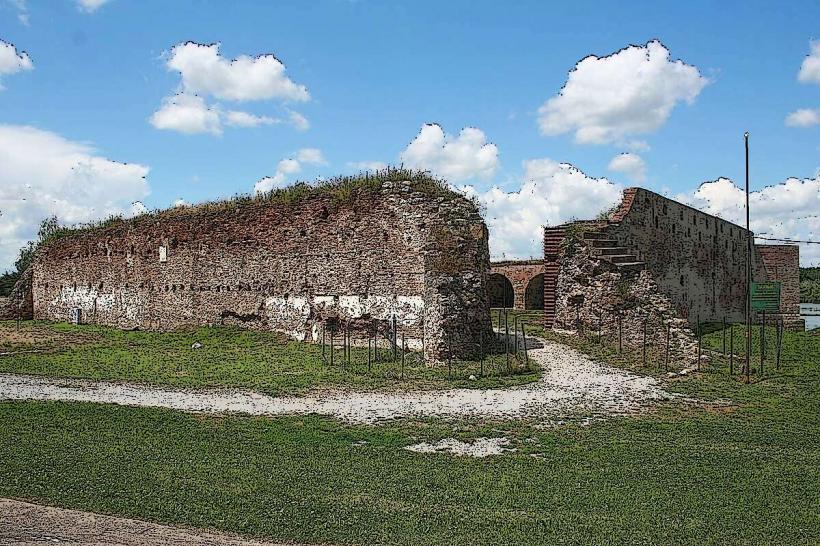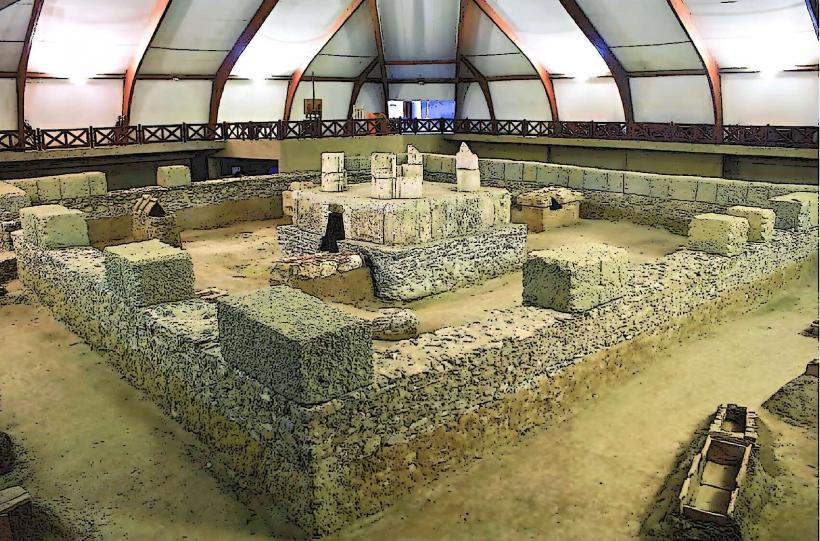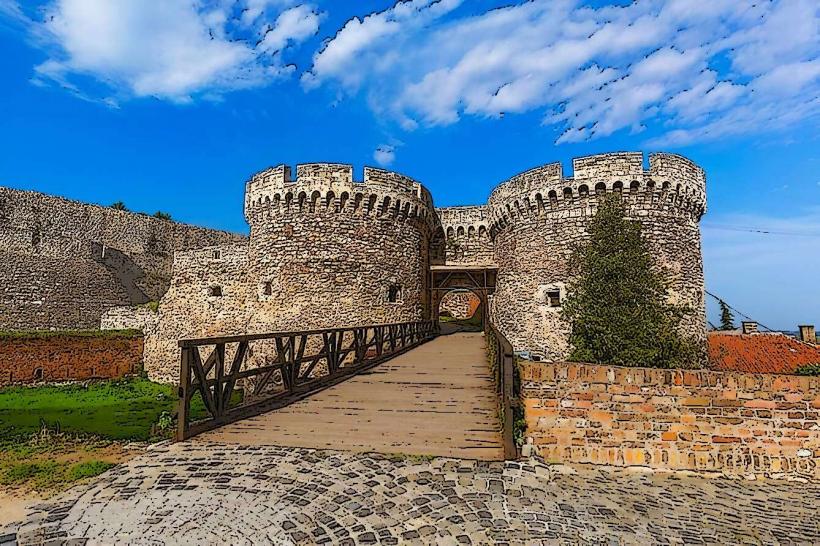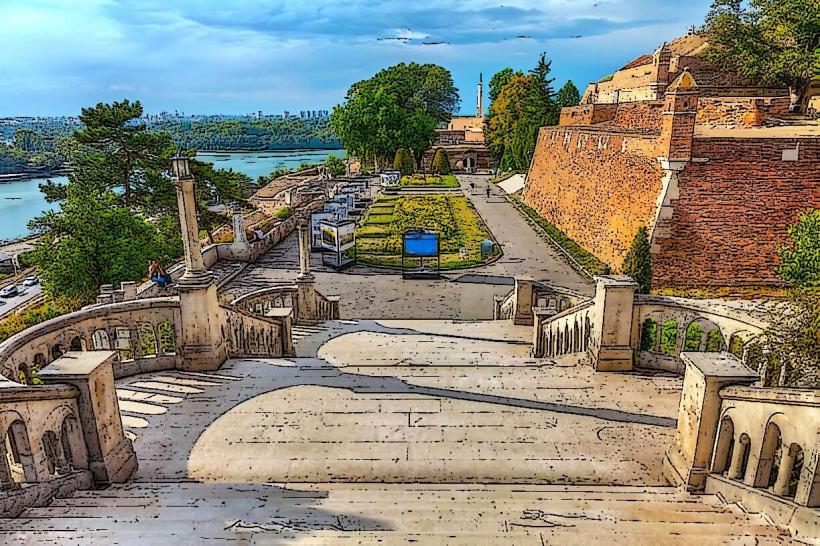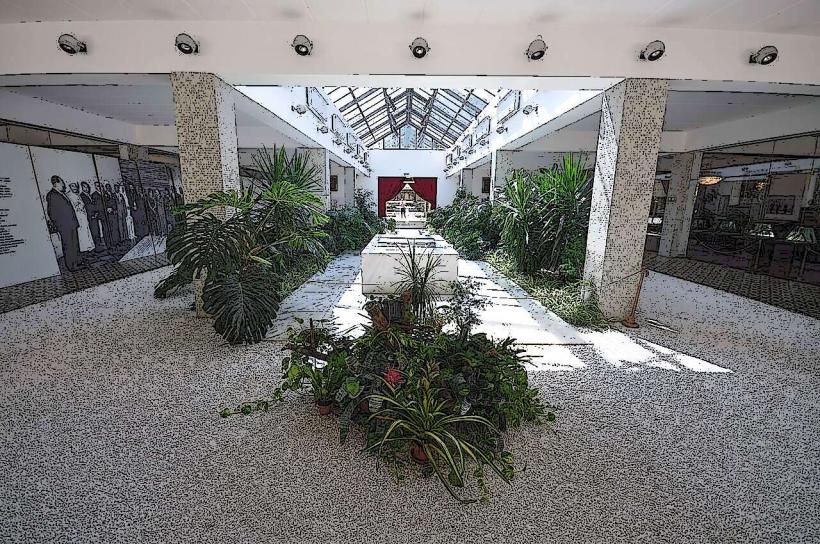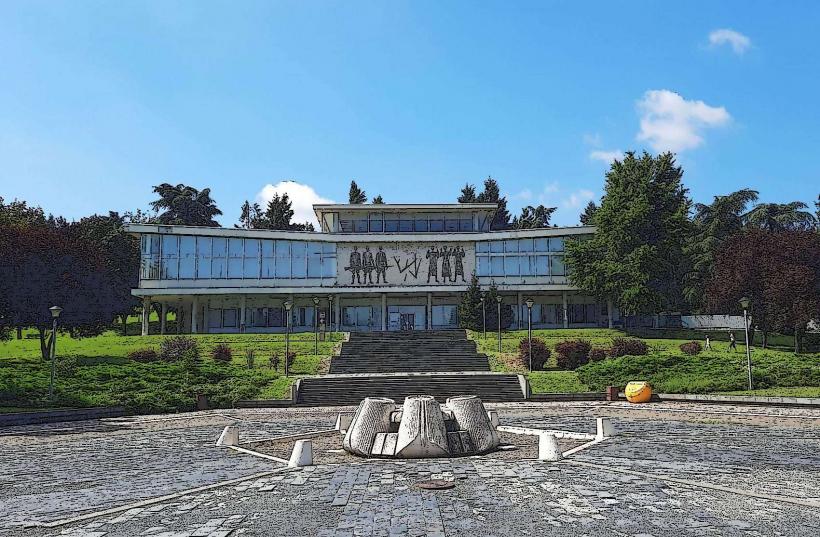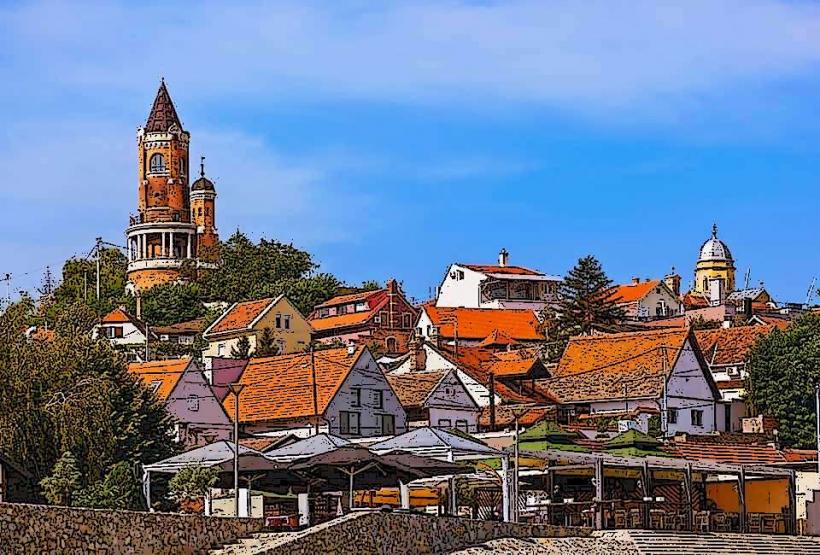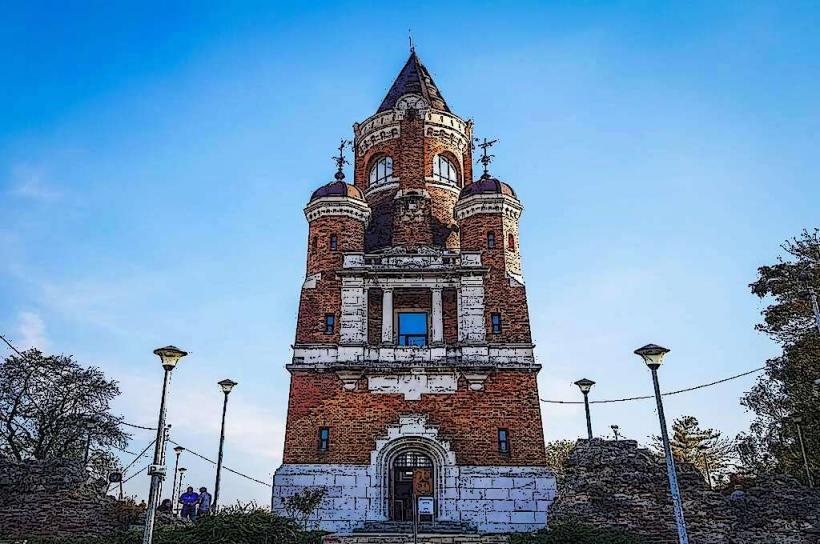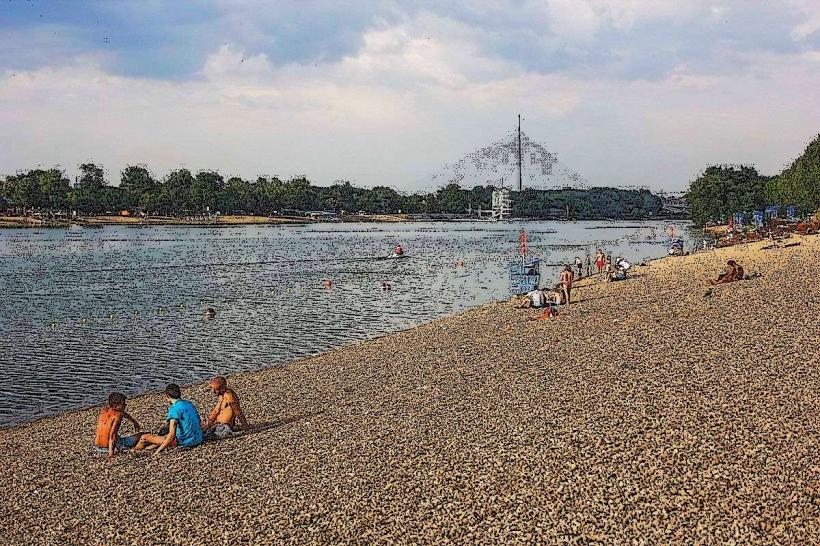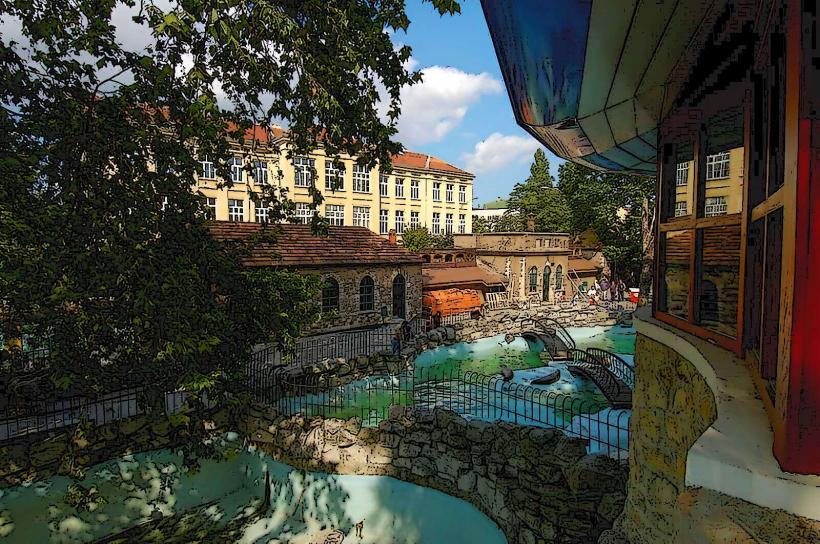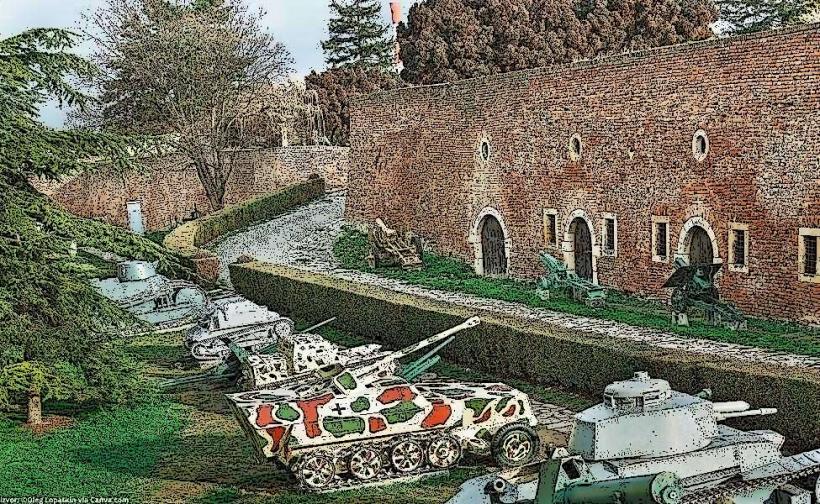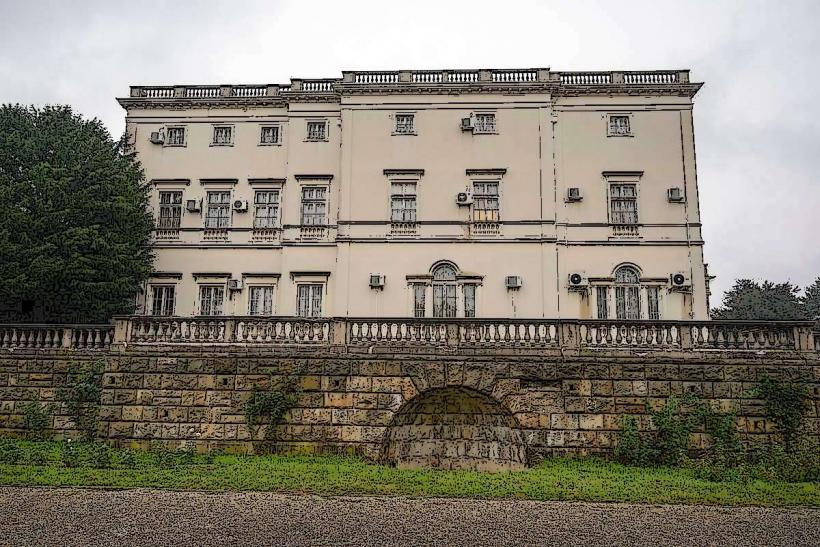Information
Landmark: Golubac Fortress (Golubac)City: Belgrade
Country: Serbia
Continent: Europe
Golubac Fortress (Golubac), Belgrade, Serbia, Europe
Overview
Perched on the right bank of the Danube near the quiet town of Golubac in northeastern Serbia, Golubac Fortress stands as one of the Balkans’ most striking and remarkably intact medieval strongholds, its stone walls still catching the afternoon sun, not only that perched at the mouth of the majestic Đerdap Gorge, or Iron Gates, it mixes rich history with sweeping river views and just enough adventure to make your pulse quicken.Let’s take a closer peek at this remarkable site, starting with its history: the fortress rose in the 14th century, though no one knows the precise date or the hands that first set its stones, what’s more serbs or Hungarians are thought to have built Golubac as a strategic fortress, its walls rising where the Danube narrows to a swift, churning passage that once served as both a military stronghold and a busy trade checkpoint.The name means “city of doves” in Serbian, a nod to local legends and the flocks that still wheel above its towers, and across the centuries, control of Golubac passed between Serbs, Hungarians, and the Ottoman Empire, each seeking to command the river frontier.By the 18th century, its cannons fell silent, and the fortress slowly crumbled into ruin, on top of that in the 21st century, restoration work brought back its former splendor.Perched high on a sheer cliff above the wide sweep of the Danube, the fortress commands the land for miles around, therefore perched above the Danube, the fortress gave its defenders command over river traffic and the strength to withstand long sieges, to some extent Ten towers-rectangular, square, and round-link together with thick stone walls, some rising as high as 25 meters, each built for a distinct defensive or living purpose, meanwhile the complex splits into three parts: the Lower Zone by the river for controlling its flow, the Upper Zone on higher ground for stronger defense, and the Last Defense Tower at the peak, a final refuge in times of attack.A Water Gate opens straight to the Danube, making it easy to reach and guard the river, while a wooden walkway clings to the cliff’s edge, letting visitors wander safely while gazing at the silver-blue water below.And in its shadows lingers the legend of Golubana, a maiden who defied a Turkish pasha’s proposal, in turn they tied her to the crisp fortress walls and left her to die, a fate that still wraps the destination in a strange, tragic air.Not surprisingly, Visitors today wander its worn stone corridors, climb the towers for sweeping views, and trace their hands along the weathered ramparts, in turn from each tier of the fortress, you can take in sweeping views of the Danube glinting in the sun and the rugged cliffs that frame it, all within Đerdap National Park-a protected landscape of dramatic gorges, rare wildlife, and ancient sites-while the modern visitor center brings its history to life with artifacts, hands-on displays, and vivid stories; boat tours drift past its towering walls, hiking and cycling trails wind through wildflower meadows to nearby landmarks, and the river itself invites fishing or kayaking, as Golubac stands as both a witness to clashes between Christian and Ottoman forces and a restored emblem of Serbia’s medieval skill and spirit, best explored in the warm months from April to September.The lush greenery of the Đerdap Gorge makes the visit unforgettable, after that in autumn, from October to November, cool air drifts through the valley and the trees blaze with gold and crimson.Winter, from December to February, still allows access to the fortress, though the chill often keeps people indoors, then snow drapes the fortress and its surroundings in white, casting a quiet, magical glow over the scene.Rising with imposing towers and steeped in legend, it stands at the gateway to the Iron Gates, where the river narrows between cliffs-an unforgettable stop in Serbia, alternatively whether you’re drawn to ancient stories, the smell of wild river air, or just a spark of inspiration, Golubac delivers an experience you won’t forget on the banks of the mighty Danube., slightly often
Author: Tourist Landmarks
Date: 2025-09-02

